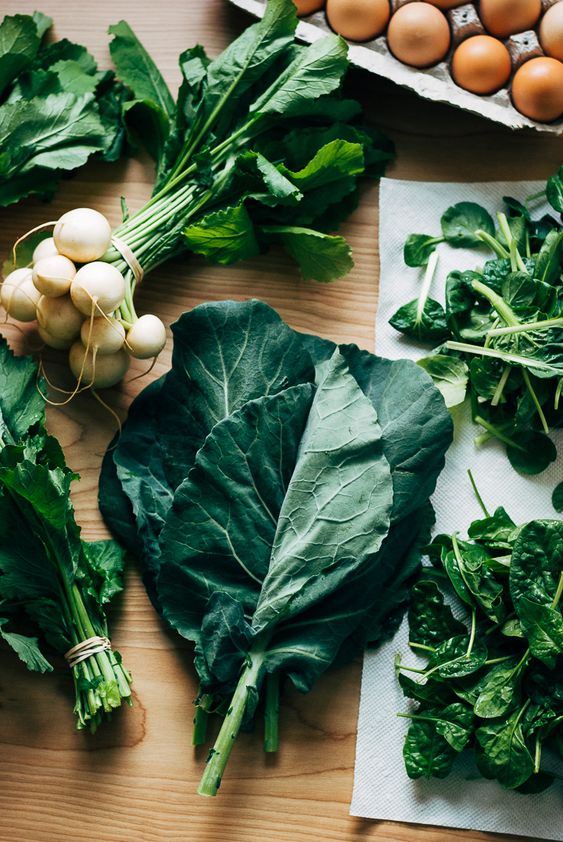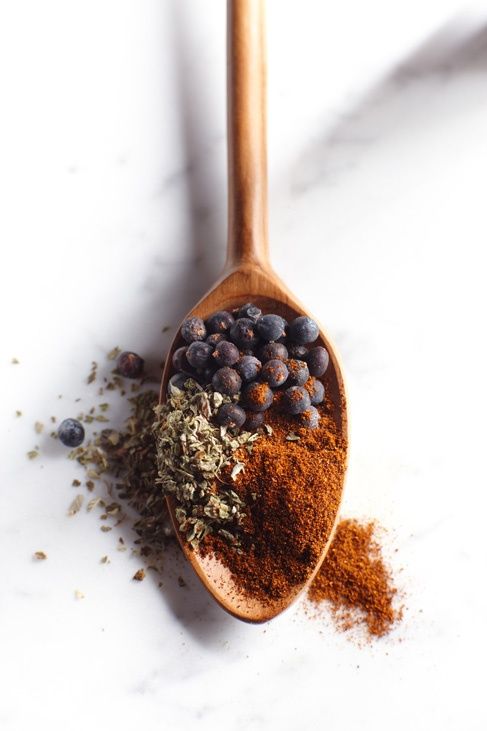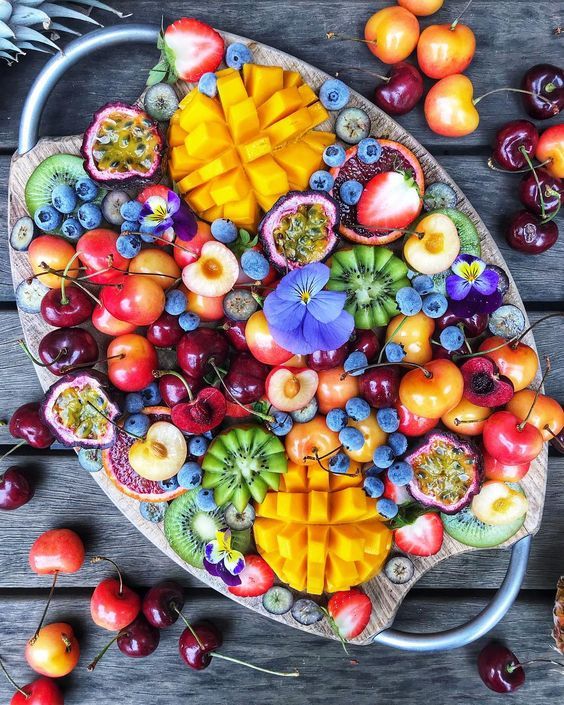
Eating Your Way to Health
Rehabilitation with diet, also called dietotherapy, is a method in which rational diet is applied to promote recuperation from diseases.
Living in a world with countless healthy diet theories are flying around, it’s sometimes hard to know what is really good for our bodies.
Traditional Chinese Medicine has its own answer to healthy eating. The Chinese are probably the biggest supporters of the saying “You are what you eat,” regardless of whether they really follow that advice.

Food is Medicine, Medicine is Food
In traditional Chinese medicine, the role of food and medicine overlap. For example, a water melon is food, but it can also have a medical effect during hot days because of its hydrating properties.
The ancient clans of China, dating back to 2200 BC, started to discover the different medical values of herbs while they were still hunting and gathering. Some foods relieved their illness, some caused death. Over time, and in concourse with the growth of Chinese philosophy, medical theories were developed.
However, there are also some foods that are considered more “medicine” than “food,” for example, ginseng. When it comes to this “medicine,” a person should consult a practitioner, since eating it could make your body worse. Why? Foods have different natures, and all of us have different bodies that interact differently with different foods.

The four natures of food
In traditional Chinese medicine, food and herbal medicines are divided into five natures, called “siqi”: cold, cool, neutral, warm and hot. The nature of food is not determined by their actual temperature, but rather by what effects they have on a person’s body after consumption. When a person continually eats one type of food, it creates an imbalance in their body, and affects their immune system. Thus, one of the keys in Chinese medicine is to keep our body “neutral.” In Traditional Chinese Medicine, the body is considered healthy when it is in a harmonious state.
Foods that are warm and hot bring heat to our bodies — e.g. beef, coffee, ginger, hot chilies and fried foods — while cold and cool foods cool down our bodies– think of salad, cheese, green tea, and beer. Neutral foods are foods like oil, rice, pork and most kinds of fishes.
A person who has too much heat in their body usually feels hot, sweats all the time, is grumpy, has a swollen tongue, or could be constipated. People who have too much cold in their bodies appear pale, have cold hands and feet, might feel weak, or have bad blood circulation. When this happens, we are advised to stop eating that kind of food.

Its More Than Just a Taste
Similarly in the western world, the Chinese divide tastes into five different kinds (Wuwei): sour, bitter, sweet, spicy and salty. But for the Chinese, these are more than just senses. In traditional Chinese medicine, each bite of foods sends the nutrition to corresponding organs: sour food enters liver and helps stop sweating, eases coughing; salt enters the kidneys, and can drain, purge and soften masses; bitter food enters the heart and the small intestine and helps cool heat and dry any dampness; spicy food enters the lungs and large intestine and helps stimulate appetite; sweet food enters the stomach and spleen and helps lubricate the body. Thus, it is important to have each flavor in the diet.
Does that mean to be healthy we just eat just neutral food in all flavors? Not necessarily. Food choices are affected by your body’s construction, the season and the place where you live. The condition of the body could also be affected by age and sex. In other words, Chinese medical practitioners adapt their recommendations to different conditions.

One Size Does Not Fit All
Just like we all have different personalities, we also all have different body constitutions (tizhi). And just like you cannot communicate with all people in the same way, we also cannot feed our bodies with the same food in the same way.
What is a “constitution”? The categorizations have been in constant flux ever since traditional Chinese medicine first began. Currently, one of the most popular divisions is developed by Huang Qi, who introduced nine types of bodies in 1978.
A person with a lot of “dampness and phlegm” (tanshi) in their body tends to be overweight, might sweat a lot and might have an oily face. These people are usually more mild-tempered.
However, a person with a lot of “dampness and heat” (Shi-Re) is usually short-tempered and often presents with an oily and acned face. Both of these people need different food to take away their dampness, which means sweets, which “lubricate” the body, might worsen the situation.
Each type of food, depending on its nature, might better or worsen the situation. There is no substance which is good for everybody. Many consider ginger to be healthy, but when you are already a very dry person and you have so much heat in your body, the more ginger tea you drink, the drier you get.

Eating According to the Season
The season and time of year is another factor when it comes to food choices. For instance, spring is often wet and sticky in China, which means we need food that can take away the dampness in our body, such as corn, white beans and onion.
Summer is hot, so we need food to cool us down, such as watermelon and cucumber. Autumn is dry, which means we need food to “lubricate” us, such as snow peas and honey. Winter is cold, so we need food which warms up the body, such as beef or shrimps.
In the globalized world, one can easily buy foods that are not in season. But traditional Chinese practices dictate might not be that best way to feed ourselves, since seasonal foods bring us the nutrition that we need in that particular season. A similar concept also exists generally in the western world.

Medicinal Foods
Here’s a brief list of medicinal foods and what they are used for:
Neutral food
Black beans – to blacken hair and to ease post-partum pain
Soybeans – for anemia, asthma and to promote lactation
Carrots – to prevent night blindness and promotes digestive function
Chrysanthemum – for fever, also relieves dizziness
Cold food
Banana – for constipation and hemorrhoids
Freshwater clams – for fever and detoxifying
Cucumber – for fever, sore throat and red eyes
Pear – for thirst and constipation
Cool food
Bitter almond – for chronic bronchitis
Celery – for hypertension
Duck – hypertension with dizziness
Watermelon – for sore throat and to relieve summer heat
Hot food
Chili – to stimulate the appetite
Black and white pepper – warms up the body
Clove – warms the spleen and stomach, stops vomiting
Warm food
Aniseed – relieves intestinal spasm
Beef – for the tendons and bones
Garlic – for dysentery
Coriander – for skin rashes
Sources
– Health Preservation and Rehabilitation – Publishing House of Shanghai University of Traditional Chinese Medicine
– dw.com
– chineseculture.org
